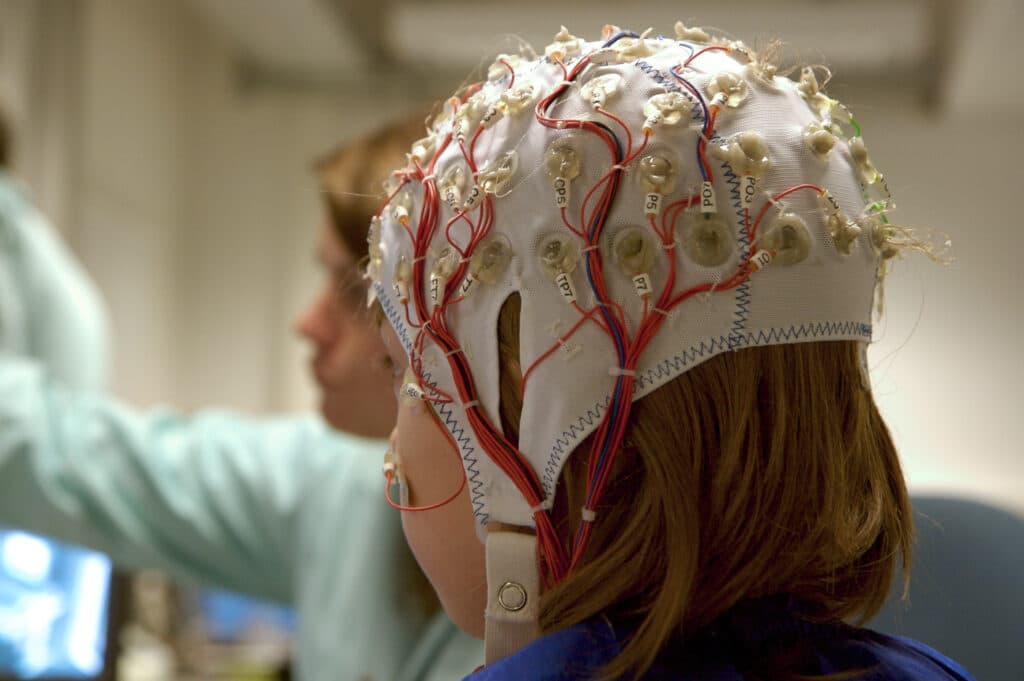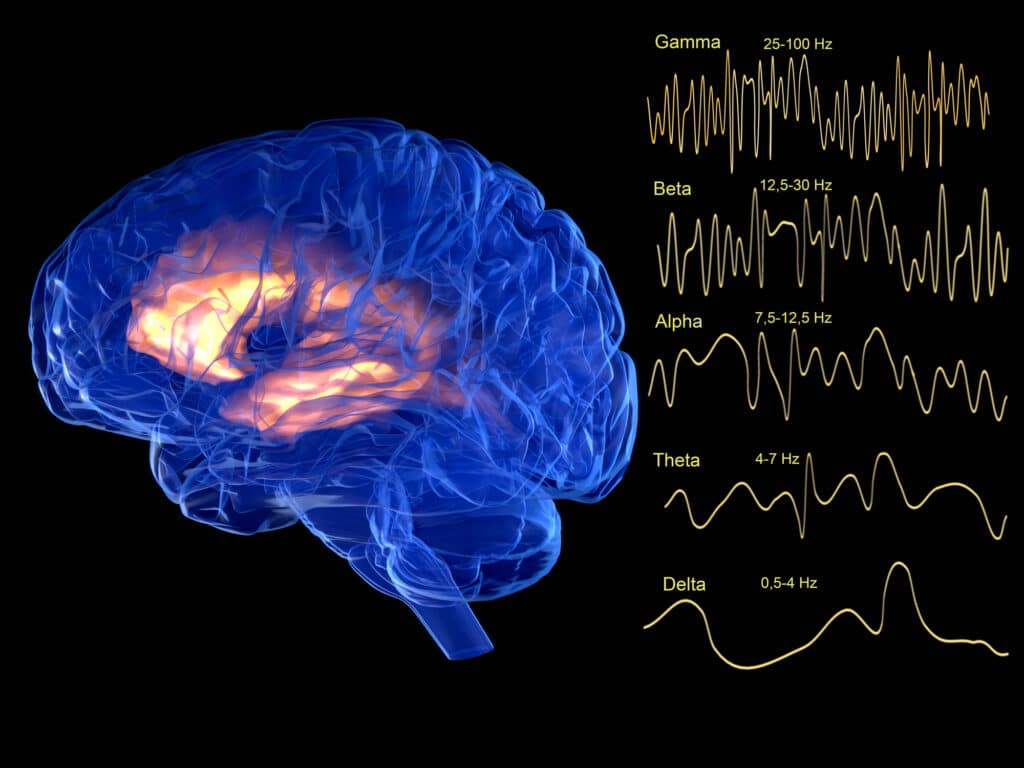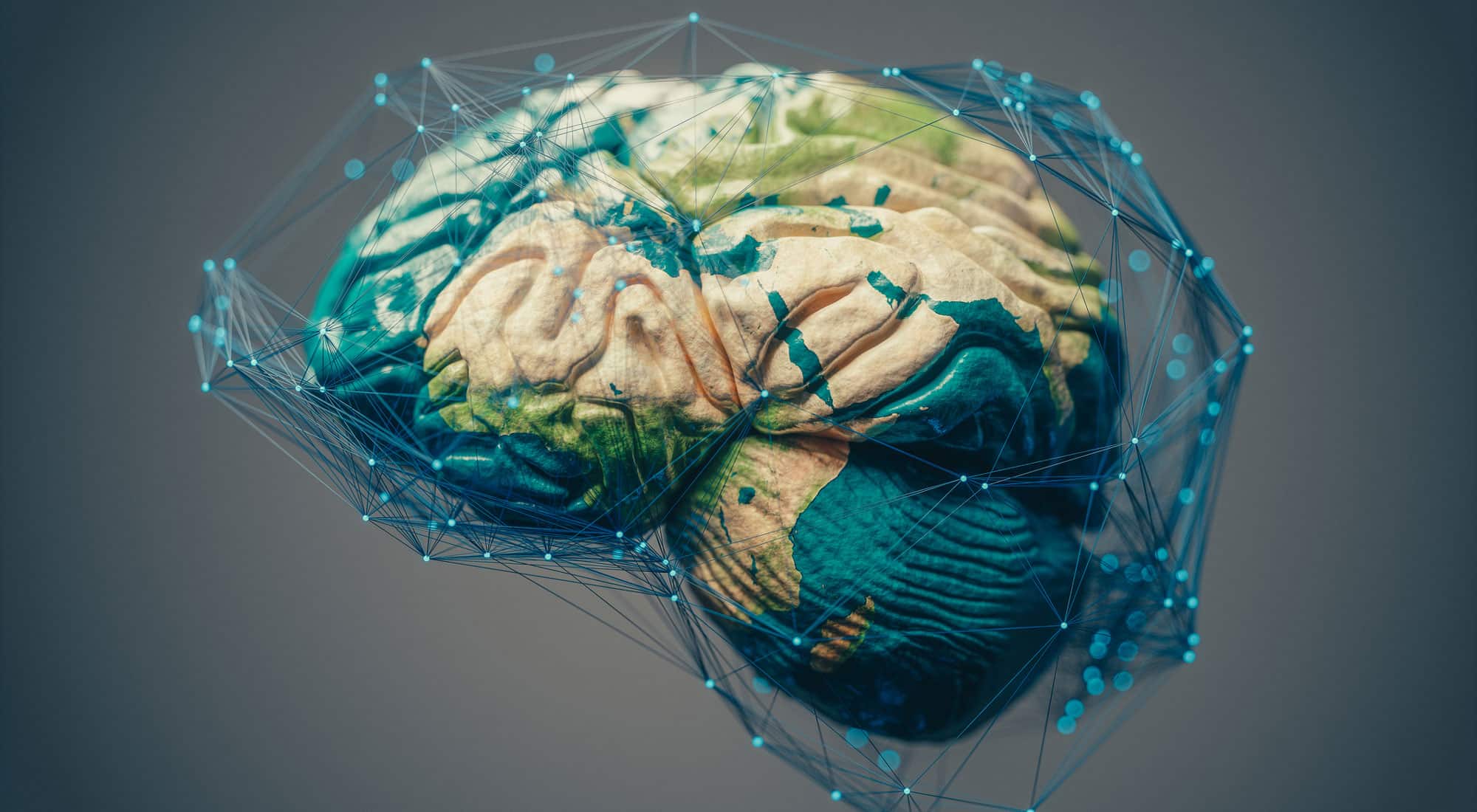When dealing with addiction and trauma, traditional therapies aren’t always enough to address the deep-rooted effects on the brain. That’s where brain mapping comes in. This advanced technique offers a more targeted approach, helping to identify and address areas of the brain that are impacted by trauma or addiction.
By understanding and training the brain to function more effectively, brain mapping therapy can help individuals find a sense of balance, improve emotional regulation, and support long-term recovery. In this post, we’ll dive into how brain mapping can play a key role in healing and offer a personalized treatment approach for lasting change.
What Is Brain Mapping?
Brain mapping is a technique that involves measuring brain activity to understand how different parts of the brain function. This is typically done using technologies like EEG (electroencephalography), fMRI (functional magnetic resonance imaging), or qEEG (quantitative EEG).

Essentially, it helps us understand which parts of the brain need attention, and it allows us to focus on training those areas to work better. When someone experiences trauma, it can cause certain parts of the brain, like the limbic system, to become overactive. This makes it harder for them to heal and can contribute to problems like addiction.
How Does Brain Mapping Work?
“Brain mapping allows for highly focused and customized brain wave training,” says Deirdre Stewart, Vice President of Trauma Resolution Services at The Meadows. “Training in [a certain] range has the unique ability to calm limbic system activity, something that is very important in a rehabilitation setting where trauma experiences often underlie addiction.
“Training at these deeper regions [of the brain] supports calming and stabilizing. Treating arousal and attention is supportive of healing because oftentimes, these are what underlie so many mental health conditions, including addiction.”
In simpler terms, this training helps calm down the parts of the brain that get triggered by stress or trauma, making it easier for a person to heal and move forward.
What Is Brain Mapping Used For?
Brain mapping is used to understand how different areas of the brain are functioning, which helps identify where things might not be working as efficiently. It’s particularly helpful when it comes to understanding issues related to trauma, addiction, and emotional regulation. By measuring brain activity, brain mapping can show which areas of the brain are overactive or underactive.
For example, trauma might cause the limbic system (the brain’s emotional center) to become overactive, leading to anxiety or emotional outbursts. Brain mapping helps pinpoint these areas, which then allows for focused, personalized treatment to help rebalance the brain and improve its function.
In short, brain mapping helps us understand why someone might be struggling with emotional or mental health issues, so that specific areas can be targeted for healing.
What Is Brain Mapping Therapy?
Brain mapping therapy, on the other hand, is a treatment approach that uses the information gathered from brain mapping to target specific areas of the brain in need of improvement. The goal is to improve brain function by retraining these areas.
This can be done through therapy techniques like neurofeedback, where patients receive real-time feedback about their brain activity and are taught how to regulate it. By doing so, brain mapping therapy aims to address symptoms of mental health conditions or neurological issues, helping individuals feel more balanced, focused, and in control.
How Does Brain Mapping Therapy Work?
The process starts with measuring your brain’s activity. Imagine it like taking a snapshot of how your brain is behaving in real-time—what parts are overactive, what parts need more attention. From there, the therapy helps retrain the brain to function more efficiently and more calmly.
Neurofeedback: Teaching Your Brain to Find Balance
Neurofeedback is one of the main tools in brain mapping therapy. In a typical session, you would wear sensors that track your brain’s electrical activity. The goal here isn’t just to measure—it’s to teach your brain how to stay calm and focused.
As you engage in the process, you’ll get real-time feedback about your brain activity. When your brain hits a healthier, balanced state, you’ll receive a cue, like a sound or visual change. It’s like training your brain to recognize the “right” way to feel and think, with each session reinforcing that new balance.
Over time, your brain learns how to regulate itself better, making it easier to stay grounded and less reactive to stress or emotional triggers.

Addressing Overactive or Underactive Areas
Brain mapping therapy targets specific areas of the brain that are either overactive or underactive. For instance, if you’ve experienced trauma, certain areas of your brain, like the limbic system (which controls emotions), might be overactive, leading to feelings of anxiety or constant emotional overload. In therapy, you’ll be gently trained to calm these areas down.
Similarly, if parts of your brain that control focus or cognitive function are underactive, brain mapping therapy can help stimulate them. The goal is to bring everything into balance, helping you feel calmer, more focused, and better able to handle life’s stresses.
How It Helps With Healing
The key benefit of brain mapping therapy is that it helps the brain heal from the effects of trauma and stress in a targeted, effective way. By calming the overactive emotional centers of the brain and strengthening areas that need more attention, brain mapping therapy can create lasting change.
It can help reduce symptoms of anxiety, depression, and trauma-related issues, while also improving emotional regulation and mental clarity. For someone dealing with the effects of addiction, for example, it can help the brain relearn healthier ways to respond to stress, making it easier to resist triggers and stay focused on recovery.
Find Personalized Treatment for Real Change
One of the best things about brain mapping therapy is that it’s highly personalized. The information gathered during brain mapping helps create a treatment plan tailored just for you. It’s not a one-size-fits-all approach.
By focusing on your brain’s specific needs, the therapy offers a more effective, customized way to heal, making it easier to address issues like trauma, addiction, or emotional dysregulation in a way that feels manageable and sustainable.
Are you dealing with addiction, trauma, anxiety, depression, or other mental health conditions that are disrupting your life? At The Meadows, we offer innovative treatment that is research-backed and evidence-based.
Through brain mapping and other therapies through our Brain Center, we can help you overcome the challenges you’re facing and learn to thrive again. Contact us today to learn more!
Brain Mapping therapy FAQs
Here are some other frequently asked questions about brain mapping therapy:
Can brain mapping improve focus and concentration?
Yes, brain mapping can help improve focus and concentration. By identifying areas of the brain that may be underactive or overactive, brain mapping can help target and optimize brain functions. It is often used to support people with attention issues, such as those with neurodiversity, by training the brain to maintain better focus and reduce distractions.
Is brain mapping therapy effective for treating anxiety?
Yes, brain mapping therapy can be effective for treating anxiety. By mapping brain activity, therapists can identify areas of the brain that contribute to heightened anxiety levels. Once these areas are identified, brain mapping therapy can help retrain the brain to reduce overactive responses to stress and anxiety triggers.
Can brain mapping help with emotional regulation?
Yes, brain mapping can help identify areas of the brain involved in emotional dysregulation. By pinpointing overactive or underactive brain regions, brain mapping therapy can help re-train the brain to regulate emotions more effectively, reducing impulsive reactions and emotional overwhelm.
Are there side effects of brain mapping?
Brain mapping is a non-invasive procedure, so it typically doesn’t have significant side effects. However, some people may experience mild discomfort during or after the process, such as skin irritation from the electrodes or a slight headache.
Since brain mapping is often used as part of a broader treatment plan (like neurofeedback or therapy), any side effects are generally related to those treatments rather than the mapping itself.
Overall, it’s considered a safe procedure with minimal risks. If you have concerns, it’s always best to discuss them with the professional conducting the mapping.
How long does it take to see results from brain mapping therapy?
The timeline for seeing results from brain mapping therapy varies depending on the individual and their specific needs. Some people may start to notice improvements within a few sessions, while others may require several weeks of treatment. It’s important to remember that brain mapping is typically part of a larger treatment plan, so progress may also depend on other therapies or interventions being used in conjunction.



